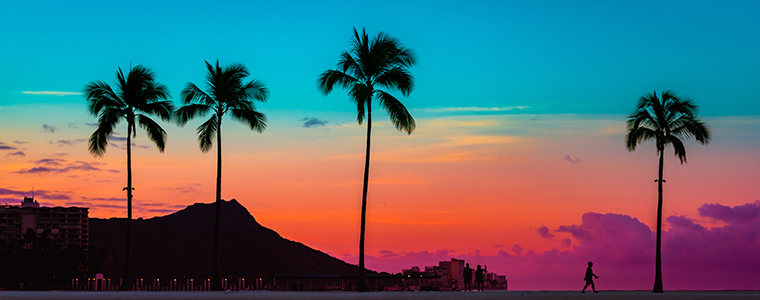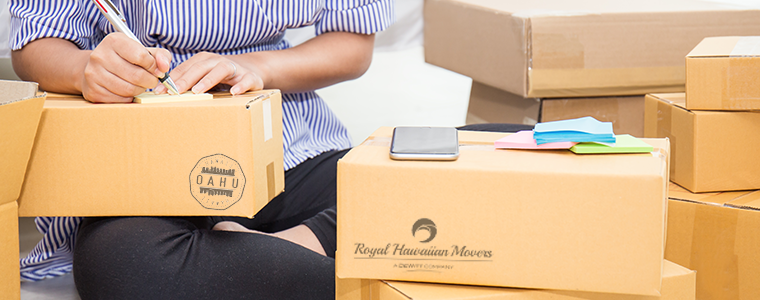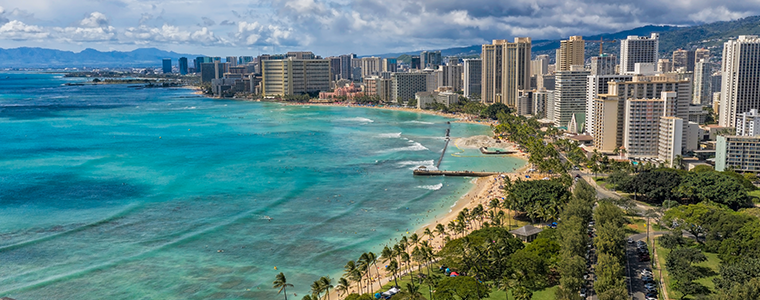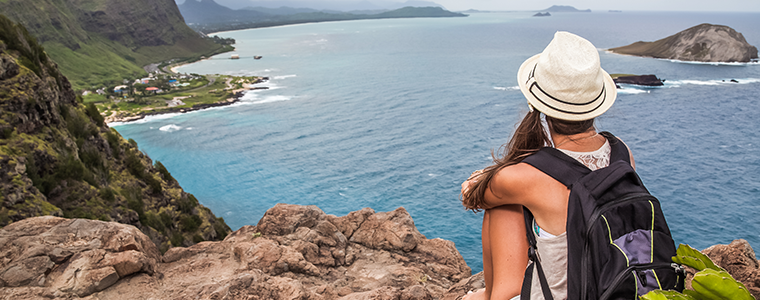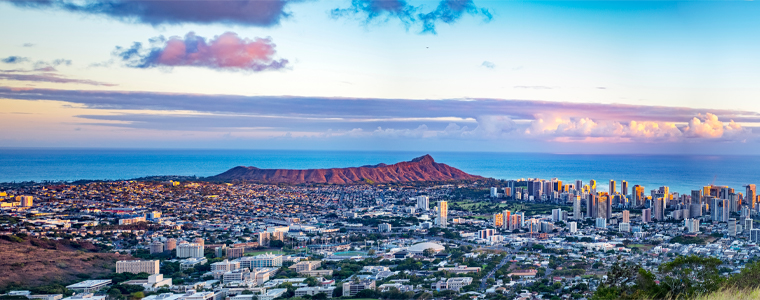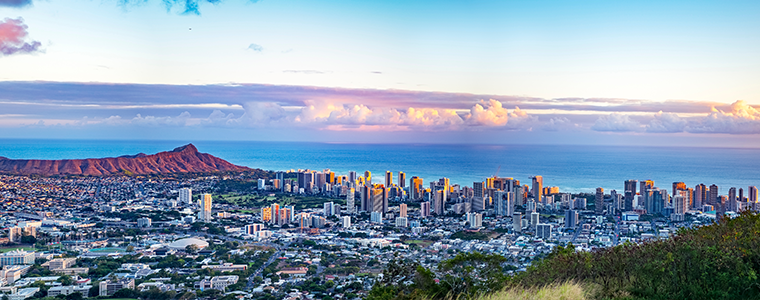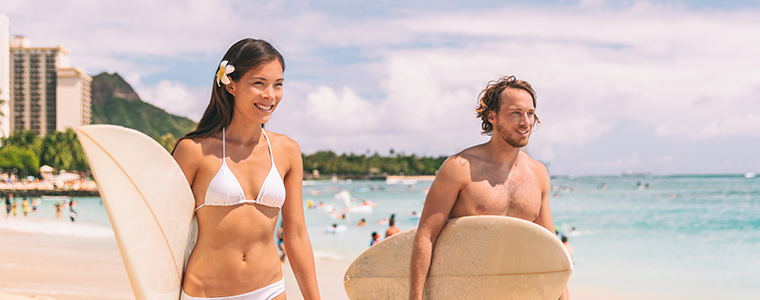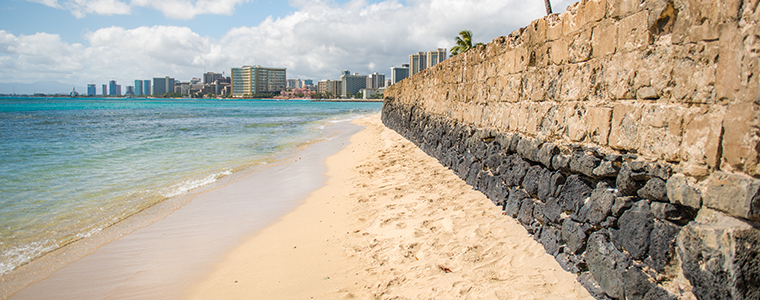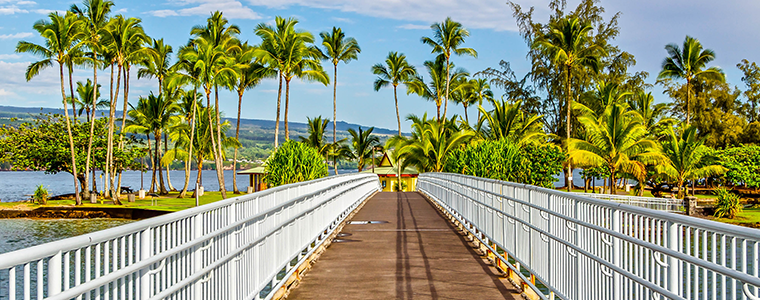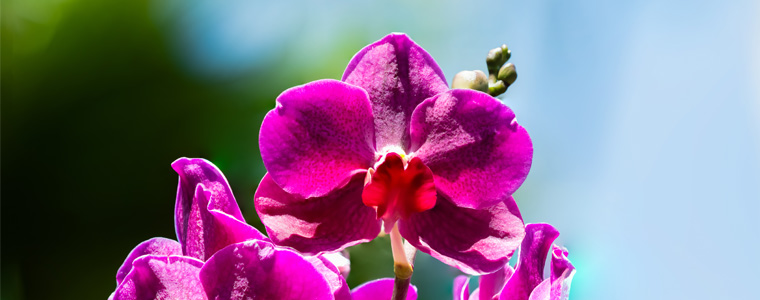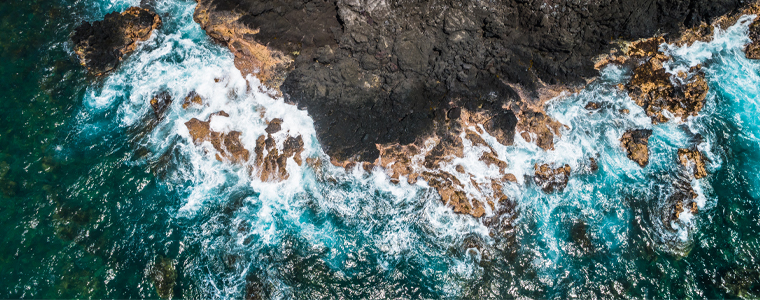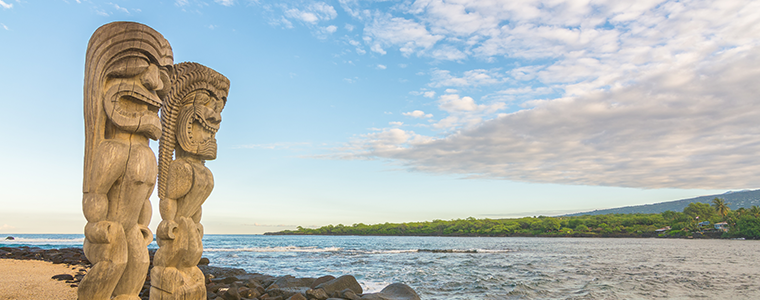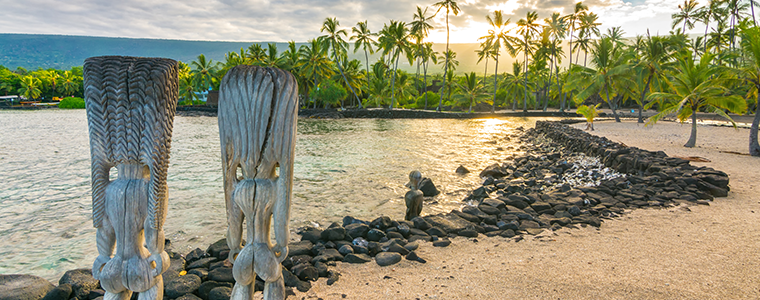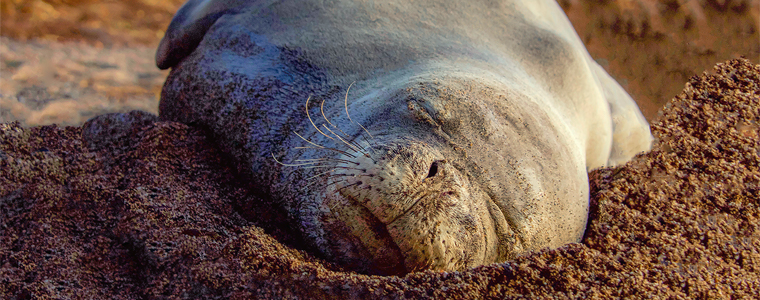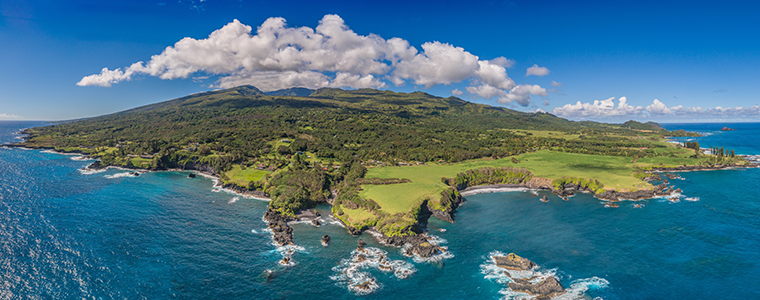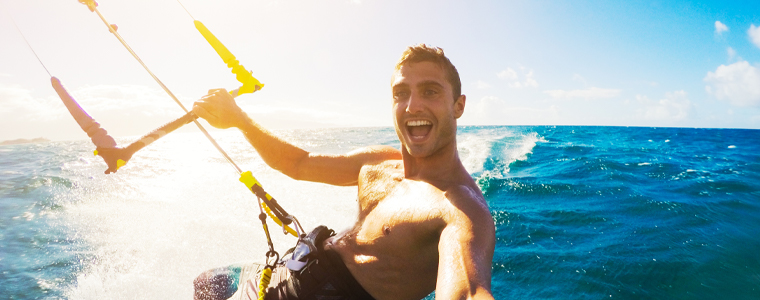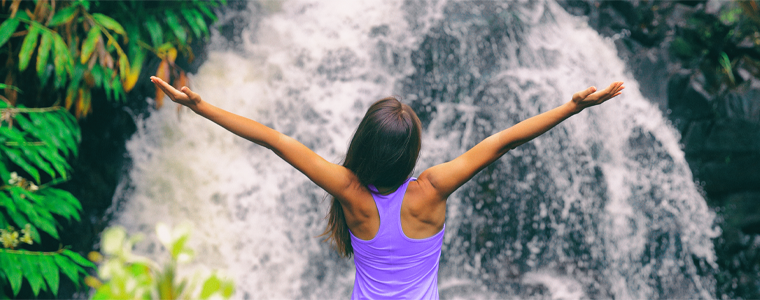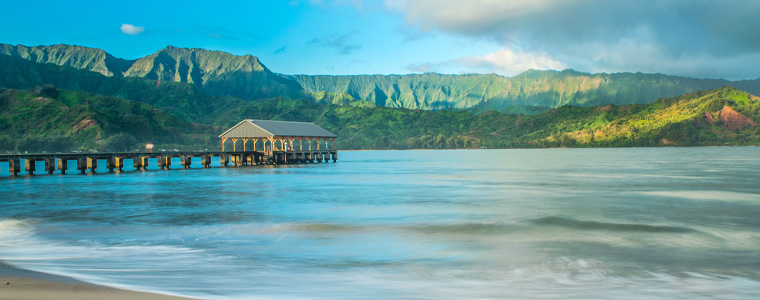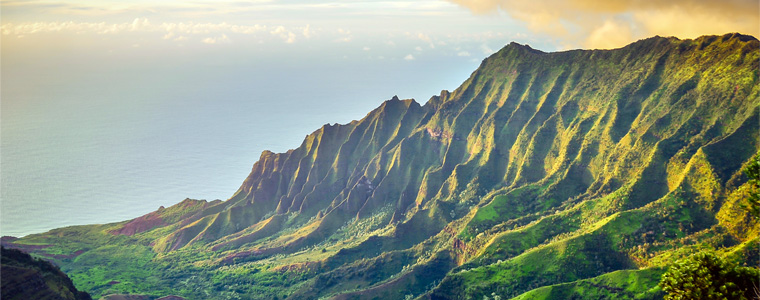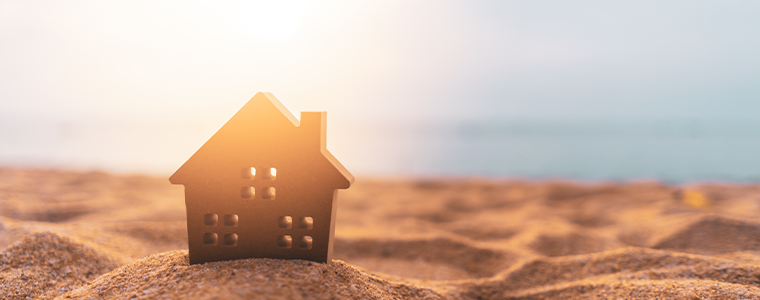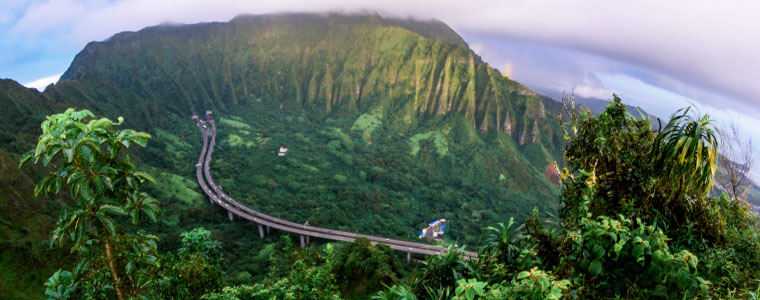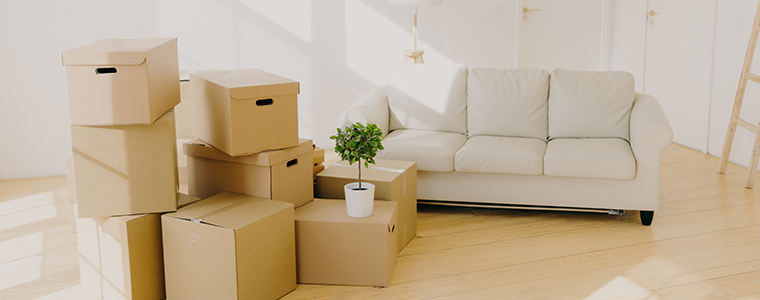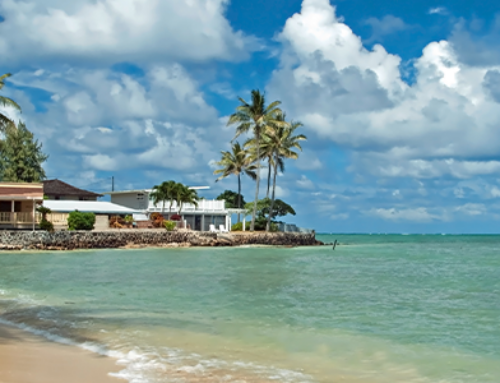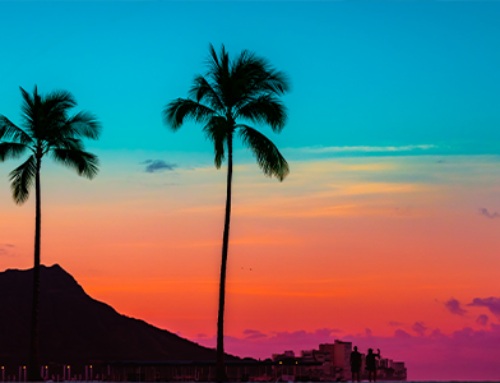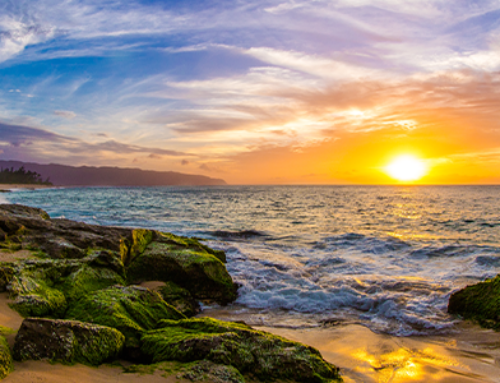Last edited 11/15/2021
When you decide to relocate to Hawaii, you’ll have a lot of choices to make: what to take, what to leave behind, when to make the move, whether to hire moving help, and—the biggest decision of all—which island to make your home.
Many people on the Mainland refer to the entire island chain by the single name “Hawaii.” However, the islands that make up the Hawaiian archipelago offer surprisingly diverse lifestyles. You’ll get a taste of “island life” wherever you decide to live, but you’ll soon discover that each island offers its own unique take on the concept.
If you’ve got your heart set on the Hawaiian islands, but you’re not yet sure which one to live on, we’ll give you the run-down on the major islands in the chain. We’ll also offer you some bonus info on Hawaii’s lesser-known islands so you can get a deeper understanding of the place you’ll soon call “home.”
But first, we’ll answer a few of the most common questions we get from future residents when they’re choosing the best island for them.
What’s the Best Hawaiian Island? Superlatives Edition
Looking for some quick answers on which island is the best island for _____? Or the most _______? Check out our superlatives below!
And, keep reading! We’ll introduce you to each one of the islands in Hawaii and show you what makes each special.
Oahu – The Gathering Place

1,016,508
(as of 2020)
597 miles²
1,703 people / mile²
(2BR): $1,460–$3,110 ii
Honolulu, Kailua, Ewa Beach, Kaneohe, Haleiwa, Kaimuki, Manoa, Mililani
Iolani Palace, the home of Hawaii’s last reigning monarchs, was wired for electricity before the White House in Washington, DC. iii
Oahu’s main attractions include:
- Honolulu– The “big city” of the Hawaiian islands, which features AAA 5-diamond restaurants, high-rises along Waikiki beach, and the Ala Moana center, the ninth-largest shopping center in the United States.
- Iolani Palace– The former royal residence of the rulers of the Kingdom of Hawaii, beginning with Kamehameha III, and the only royal palace in the U.S.
- The North Shore– Home to some of the best big-wave surfing in the world, as well as a more laid-back community that’s a far cry from the hustle-bustle of Honolulu.
- Epic hiking– With seemingly endless trail options that serve up a good workout with inspiring views all year long.
If you love city life and all the cultural resources that come with it, Oahu is your island. The population of Honolulu is right around 350,000, and the area that houses these inhabitants is an urban cityscape of tall buildings, busy streets, and densely populated neighborhoods. Oahu offers the most jobs, housing options and entertainment choices. Although it’s not the cheapest island to live on, its higher salaries help to compensate for the higher cost of living.
Of course, everything comes with a price, and Oahu’s traffic is quickly becoming infamous. However, Oahu gives you access just about everything you could want (including a symphony orchestra and the islands’ only Apple Stores!). Additionally, Honolulu’s Daniel K. Inouye International Airport offers direct flights to many global destinations, just in case you need a quick cure for a case of island fever.
Discover More About Living on Oahu:
Your Insider’s Guide to Living on Oahu
[Read More]
Your Insider’s Guide to Living on Oahu
[Read More]
Your Insider’s Guide to Living on Oahu
[Read More]
Discover More About Living on Honolulu:
Your Insider’s Guide to Living in Honolulu
[Read More]
Things to Know Before Moving to Honolulu
[Read More]
Top Things to Doin Honolulu
[Read More]
Hawaii The Big Island – The Orchid Isle

200,629
(as of 2020)
4,028 miles²
50 people / mile²
(2BR): $1,469 iv
Hilo, Kailua-Kona, Waimea, Holualoa, Kahaluu-Keauhou, Captain Cook, Keaau, Pepeekeo, Mountain View
Average rainfall in sunny Kailua-Kona over the last ~30 years was 18.4″ per year, while it’s as high as 126.7“ in Hilo. v
The Big Island’s main attractions include:
- Volcanoes National Park, which features two active volcanoes: Kilauea and Mauna Loa.
- Punaluu Beach, Hawaii’s most famous black sand beach.
- Offroading adventures to green sand beaches, volcano summits, and more.
The Big Island is the Hawaiian chain’s youngest island, and it’s twice as big as the rest of the Hawaiian Islands combined. With a population just over 186,000 people, you’ll find plenty of wild and remote areas to explore. The Big Island is also the most geographically diverse of the Hawaiian Islands with mountains that reach almost 14,000 feet, tropical rainforests, breathtaking waterfalls, and more.
The Big Island has two major population centers: Kona and Hilo. Hilo makes up about a third of the island’s population. It’s also the Hawaiian islands’ oldest city. Kona is the tourism center of the island with the majority of the island’s accommodations. It’s also a major hub for recreational activities.
Although the Big Island features the lowest housing prices, jobs can be hard to come by. Unemployment can be high on the island, so you’ll make a softer landing on the Big Island if you can secure a job before you arrive. Agriculture is a big industry on the island, producing the majority of the Hawaiian island’s macadamia nuts, coffee, tropical flowers, and fruits. As a side, note, if you’re looking for a non-traditional lifestyle, you’ll find kindred spirits on the Big Island among residents who live off the land or work in agricultural communes.
Discover the Big Island’s Hilo Side:
Your Guide to the 7 Best Beaches in Hilo
[Read More]
Top Activities and Attractions in Hilo
[Read More]
Explore Hilo’s Beautiful Botanical Gardens
[Read More]
Discover the Big Island’s Kona Side:
Insider’s Guide to Living on the Leeward Side of the Big Island
[Read More]
8 Things You Need to Know Before Moving to Kona
[Read More]
Enjoy These Things to Do on the Big Island’s Kona Side
[Read More]
Maui – The Valley Isle

164,754
(as of 2020)
727 miles²
227 people / mile²
(2BR): $1,772 vi
Kihei, Lahaina, Wailuku, Kahului, Makawao, Pukalani, Kula, Haiku, Paia
The island’s famous Road to Hana takes you over more than seventy bridges and culverts, some of which were constructed in the early 1900s. vii
Maui’s main attractions include:
- Haleakala National Park – Home to a dormant shield volcano with hiking trails crossing its crater.
- The Road to Hana – A twisty, 64-mile journey over one-lane bridges, past waterfalls, and picturesque beaches, culminating in a visit to the remote town of Hana.
- Laid-back living and big wave surfing on the North Shore, including the world-famous big-wave surf break at Peahi and world-class windsurfing at Hookipa.
Maui was formed by two shield volcanoes, Haleakala and what scientists call Mauna Kahalawai, usually referred to as the west Maui mountains. It got its nickname, the Valley Isle, from the land bridge that formed between these two volcanoes, which now hosts Maui’s central business district.
People often place Maui somewhere in between the high-energy city feel of Oahu and the untamed country life of the Big Island. Although it has a busy downtown area in Kahului and several hubs of tourist activity in places like Wailea, Kihei, and Lahaina, you will see very few high rises on Maui. There’s little nightlife outside of the tourist hubs, and Maui’s residential areas have a small-town feel. Additionally, if it’s remoteness you crave, you can find it in both east and west Maui.
In terms of cost of living, Maui also falls somewhere in the middle. However, it does often feature the highest gas prices in the island chain. So if you decide to make Maui your home, you may want to factor fuel efficiency into your vehicle purchase.
Discover More About Living in Maui:
Living in Maui: An Insider’s Guide
[Read More]
Seven Things to Know Before Moving to Maui
[Read More]
Top Things to Do and Attractions in Maui
[Read More]
Kauai – The Garden Isle

73,298
(as of 2020)
552 miles²
1133 people / mile²
$1,902 viii
Kapaa, Poipu, Kilauea, Lihue, Princeville, Kekaha, Hanapepe
By law, no building on Kauai is allowed to be built taller than a coconut palm tree.
Kauai’s main attractions include:
- Hundreds of hiking trails with diverse and exquisite views.
- Dramatic waterfalls, including Wailua Falls and Opaekaa Falls.
- Spouting Horn, a blowhole that sends sea spray several stories into the air when the swell is right.
- Beautiful beaches that are relatively uncrowded compared to Hawaii’s more populated islands.
Kauai is geologically the oldest of the Hawaiian islands, and it has stayed the least developed of the four major islands. Agriculture and ranching remain strong industries on Kauai. You’ll see guava, coffee, sugarcane, bananas, avocados, and pineapple grown on the island. Tourism rounds out Kauai’s major industries, with almost 50% of the island’s workers employed in hospitality or service.
If you love culture shaped by small locally-owned businesses, Kauai is the island for you.
Kauai earned its nickname from its lush landscape, steep cliffs, impressive canyons, and scenic rivers flowing from Mt. Waialeale. Kauai is also home to the world famous Na Pali Coast, which is Hawaii’s premier hiking destination. You’ll love its white, sandy beaches, which can be much quieter than those found on Kauai’s sister islands.
Discover More About Living in Kauai:
Living on Kauai: Your Insider’s Guide
[Read More]
11 Things to Know Before Moving to Kauai
[Read More]
Neighborhood Guide: Where to Live in Kauai
[Read More]
Don’t Forget Hawaii’s Smaller Islands
Although the majority of people who move to Hawaii find a place on one of the four major islands listed above, we’d be remiss if we didn’t tell you a little about the smaller islands that complete the Hawaiian Island chain.
Molokai – The Friendly Isle

7,345
(as of 2020)
260 miles²
28 people / mile²
Molokai’s northeast coast feature the highest sea cliffs in the world—3,900 feet above the surface of the ocean.ix
Life is quiet and delightfully old-fashioned on Molokai. You won’t find any fast-food restaurants, big buildings, traffic lights, or shopping centers on the island. Just local stores and local folks going at their local pace. Whether you’re a visitor or a potential resident, your best bet on Molokai is to do as the signs say: Slow down and enjoy Molokai at its own pace.
Lanai – The Pineapple Island

3,135
(as of 2020)
141 miles²
22 people / mile²
It’s believed that the sport of cliff diving got its original start at Lanai’s Kaunolu Point, where Hawaiian warriors used to leap into the ocean. x
Originally home to the world’s largest pineapple plantation, 97% of Lanai was purchased by Oracle billionaire Larry Ellison in 2012. The island has only recently seen paved roads, and most of its inhabitants either work for the Four Seasons resorts located on the island or Ellison’s other projects, which include a hydroponic farm. The island’s population is concentrated in charming Lanai City, which features a collection of locally-owned businesses offering art, souvenirs, and more.
Niihau – The Forbidden Island

170
(as of 2020)
69 miles²
2 people / mile²
Niihau shell lei are not only highly coveted pieces of art, but they’re also regulated by legislation designed to protect its authenticity. xi
Purchased by Scottish widow Elizabeth Sinclair in 1864—she paid $10,000 to King Kamehameha V—no visitors are allowed to this private island. By request of the king, the island has been preserved for the native Niihuans who live in Puuwai. So while you won’t be able to even consider Niihau for your new home, the current owners do offer half-day tours to see this fascinating island.
Once you’ve made your choice, you’ll need to tackle the next logical question…
What’s the Best Way to Move to Hawaii?
If reading all of this info has only deepened your desire to move to Hawaii, we’d love to help you do it safely, easily, and affordably. Below, you’ll find some of our most popular blog posts to help you make a simple transition to your new home in Hawaii.
How Much Does It Cost to Live in Hawaii?
Get the facts on rent, average income, expenses, and more.
A Four-Step Process for Moving to Hawaii
Make a simple and easy move to Hawaii in just four steps.
Moving Your Furry Family to Hawaii
Prep your pet for the move to Hawaii with this handy guide.
Our Guide to Shipping Your Car to Hawaii
We answer your biggest questions about shipping vehicles to Hawaii.
What’s the Cost to Ship a Container to Hawaii?
We’ll share some ballpark numbers to help you plan your move.
Moving Your Motorcycle to Hawaii
Know what to expect—and how to get your bike here in perfect condition.
Finding the Island That Fits Your Lifestyle

When you move to Hawaii, you’ll discover first-hand the individual character of all of its islands. Plus, by doing your research before you move, you’ll find the island that fits your vision of Hawaii life. And, don’t forget, you’re a short flight away from all of the other Hawaiian islands, so you can always hop over for a quick taste of a different lifestyle.
No matter which Hawaiian island you want to move to, we can help! Reach out to us and one of our Certified Moving Consultants will put together a guaranteed quote to help you make the move to the island you choose to make your new home.
Tell us about your move!
